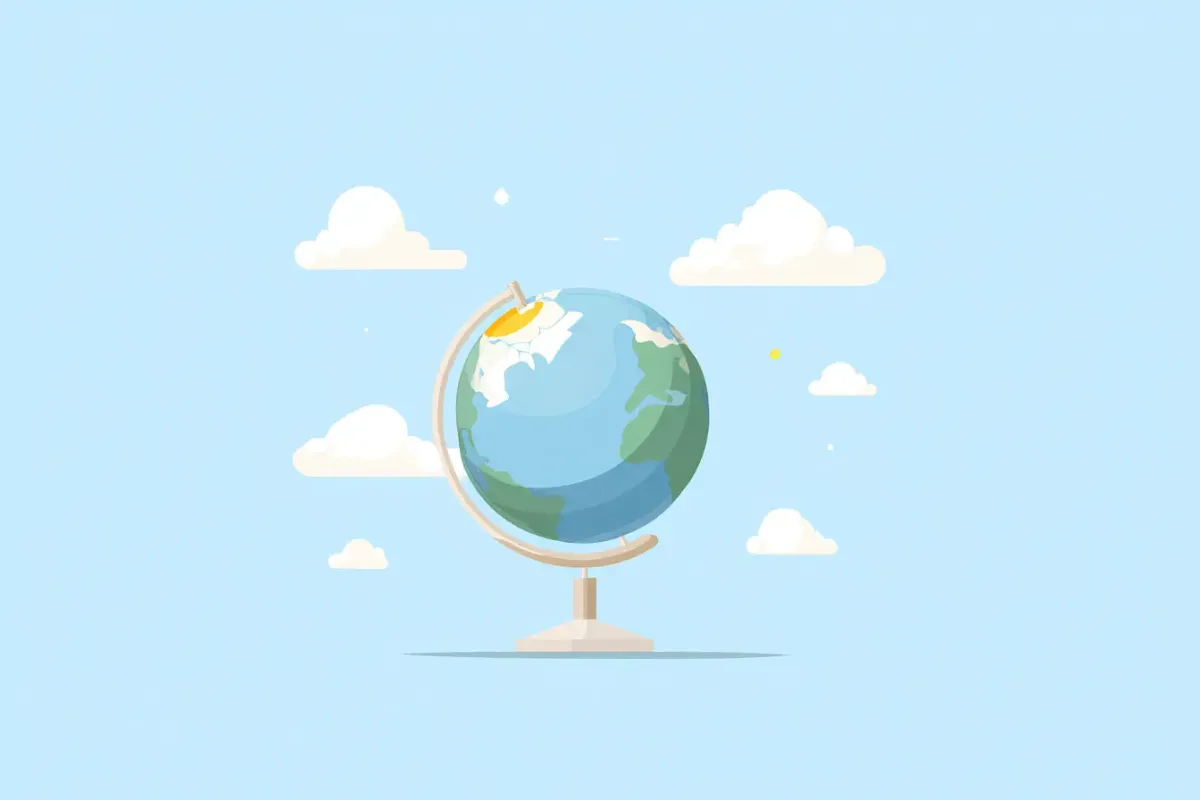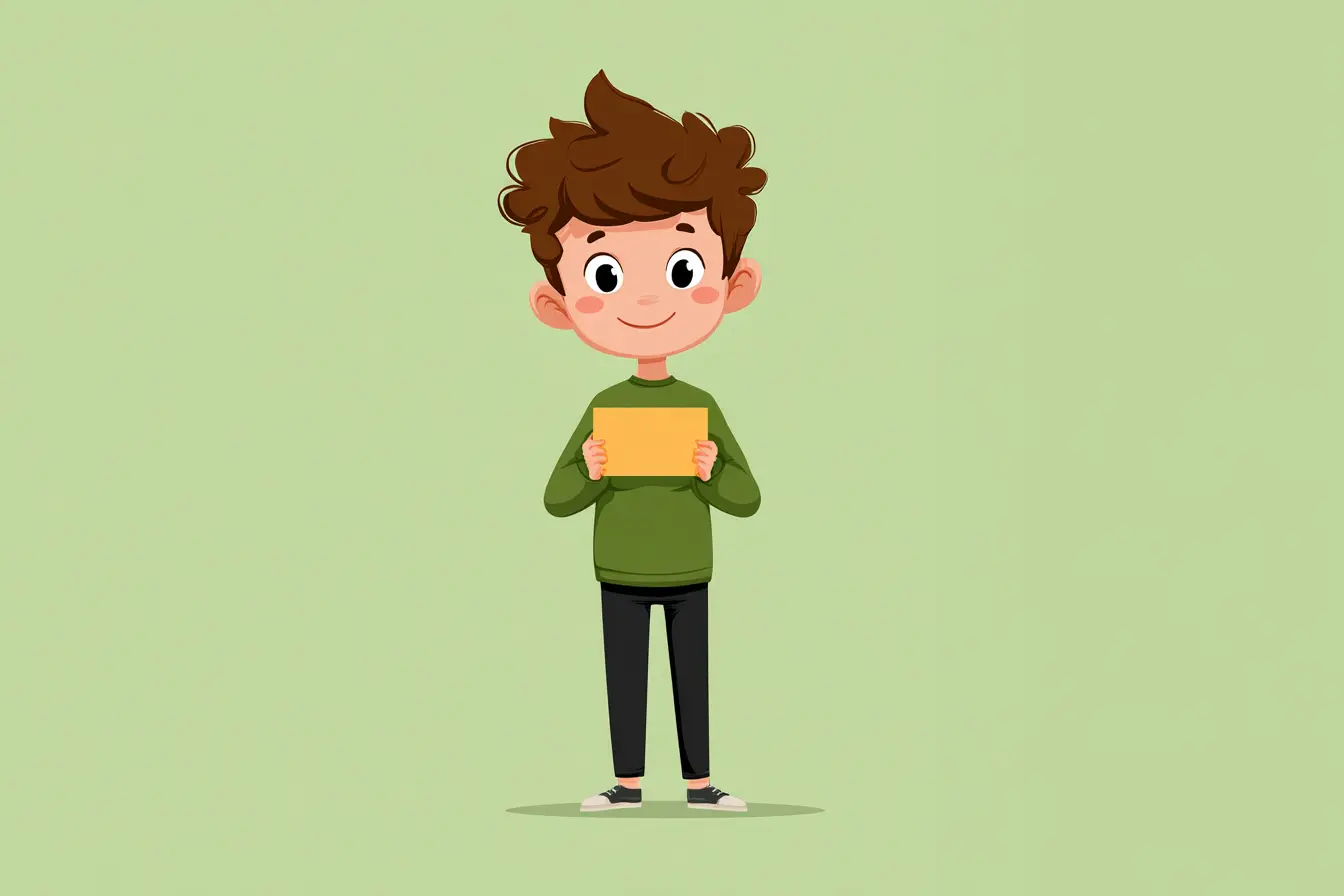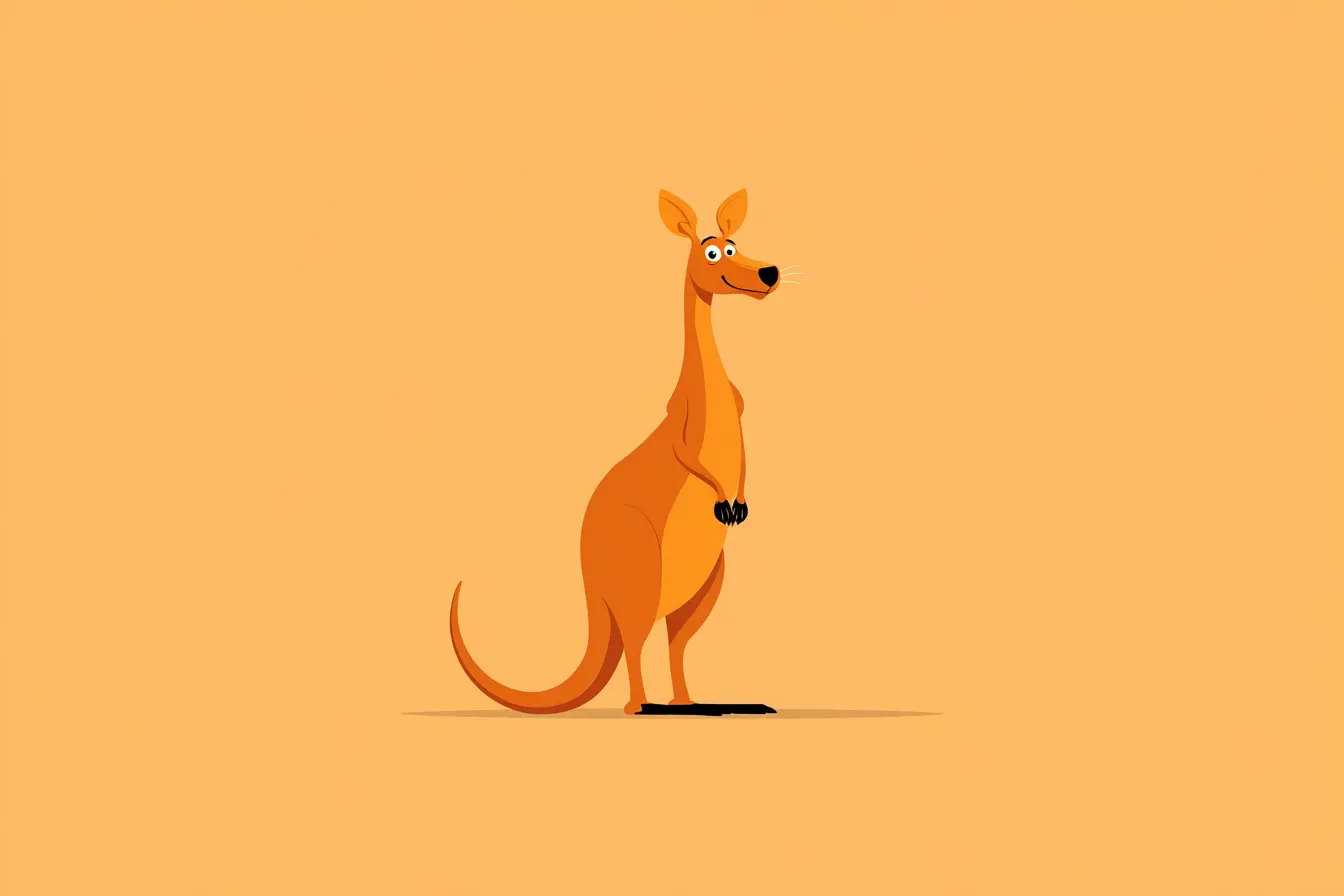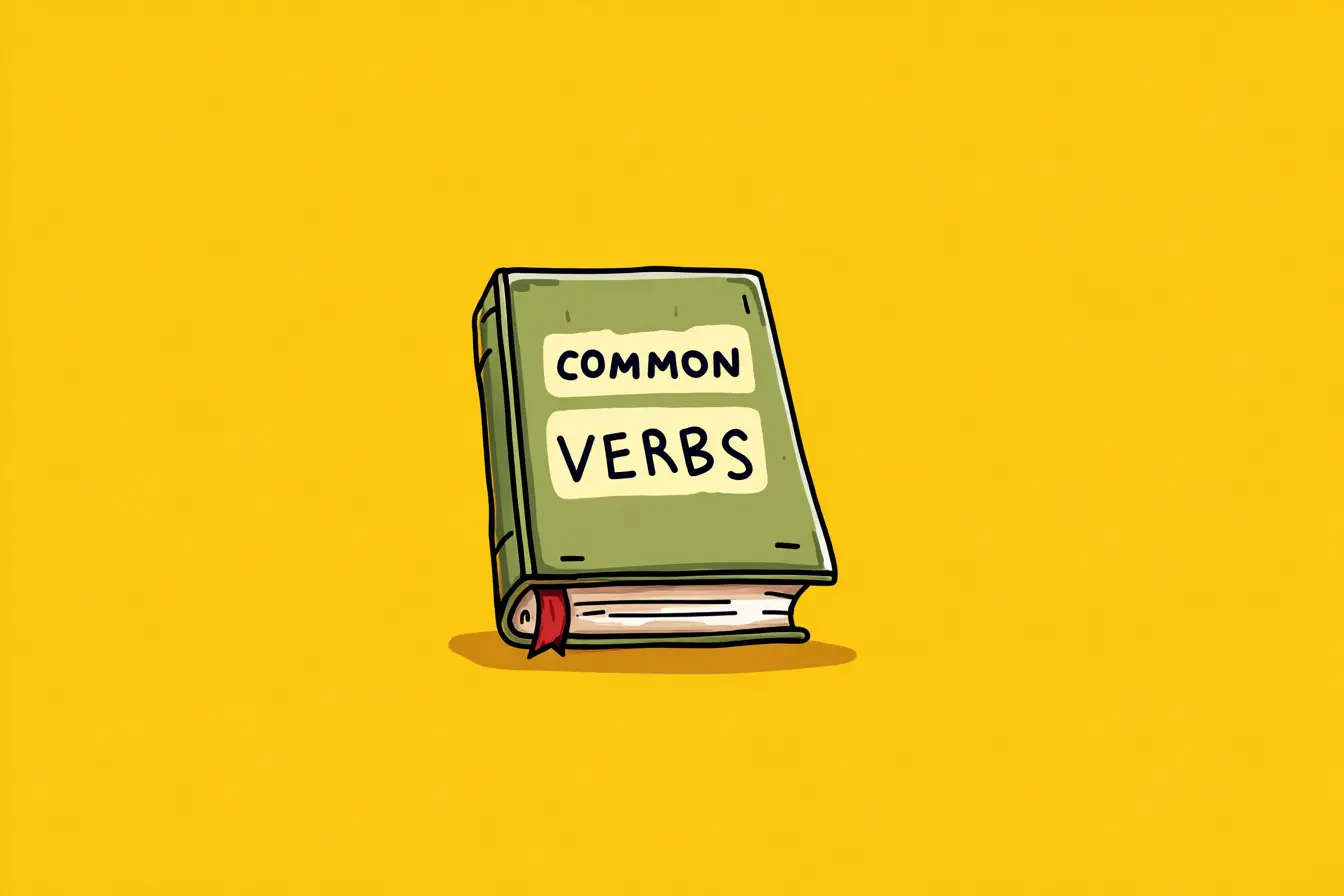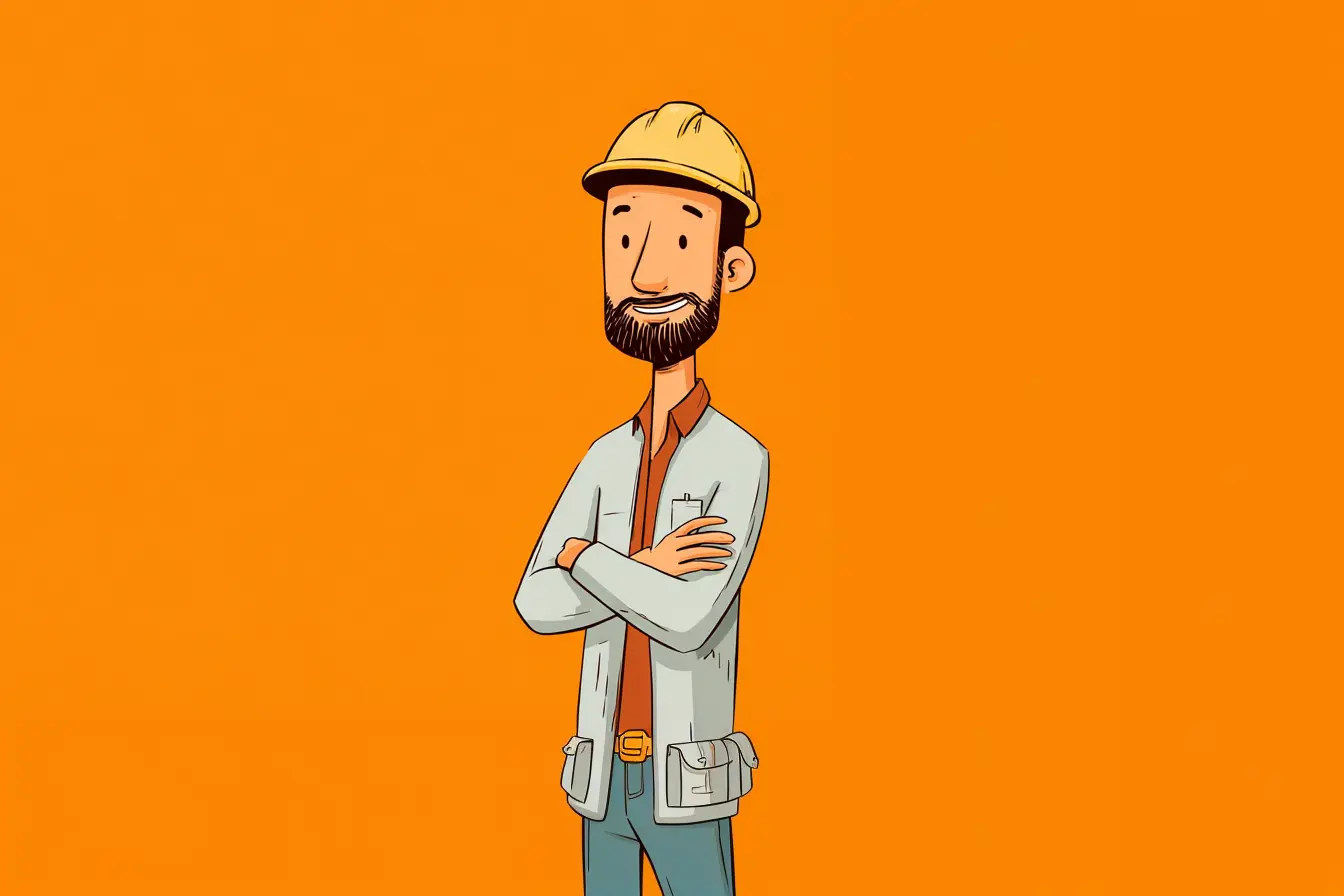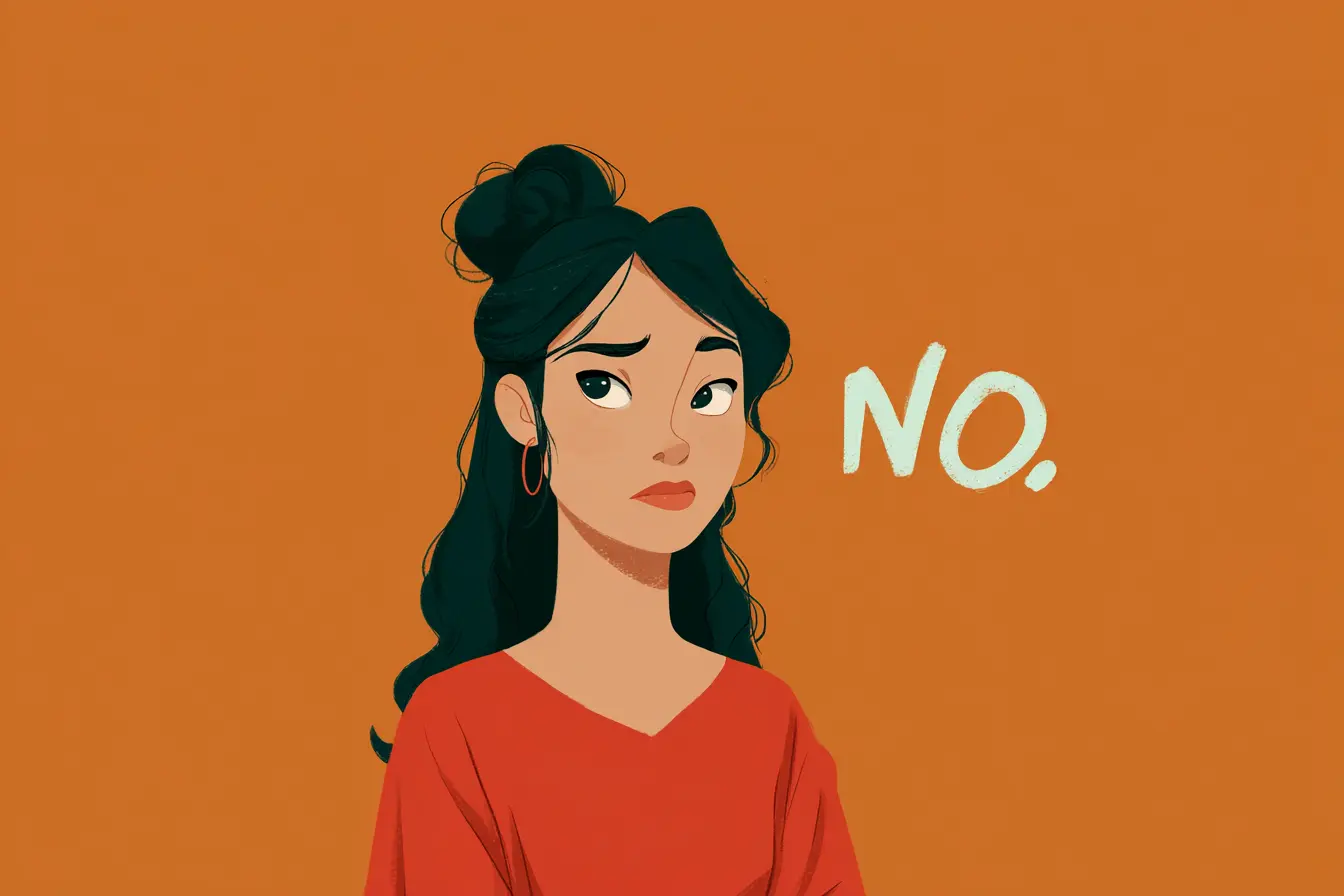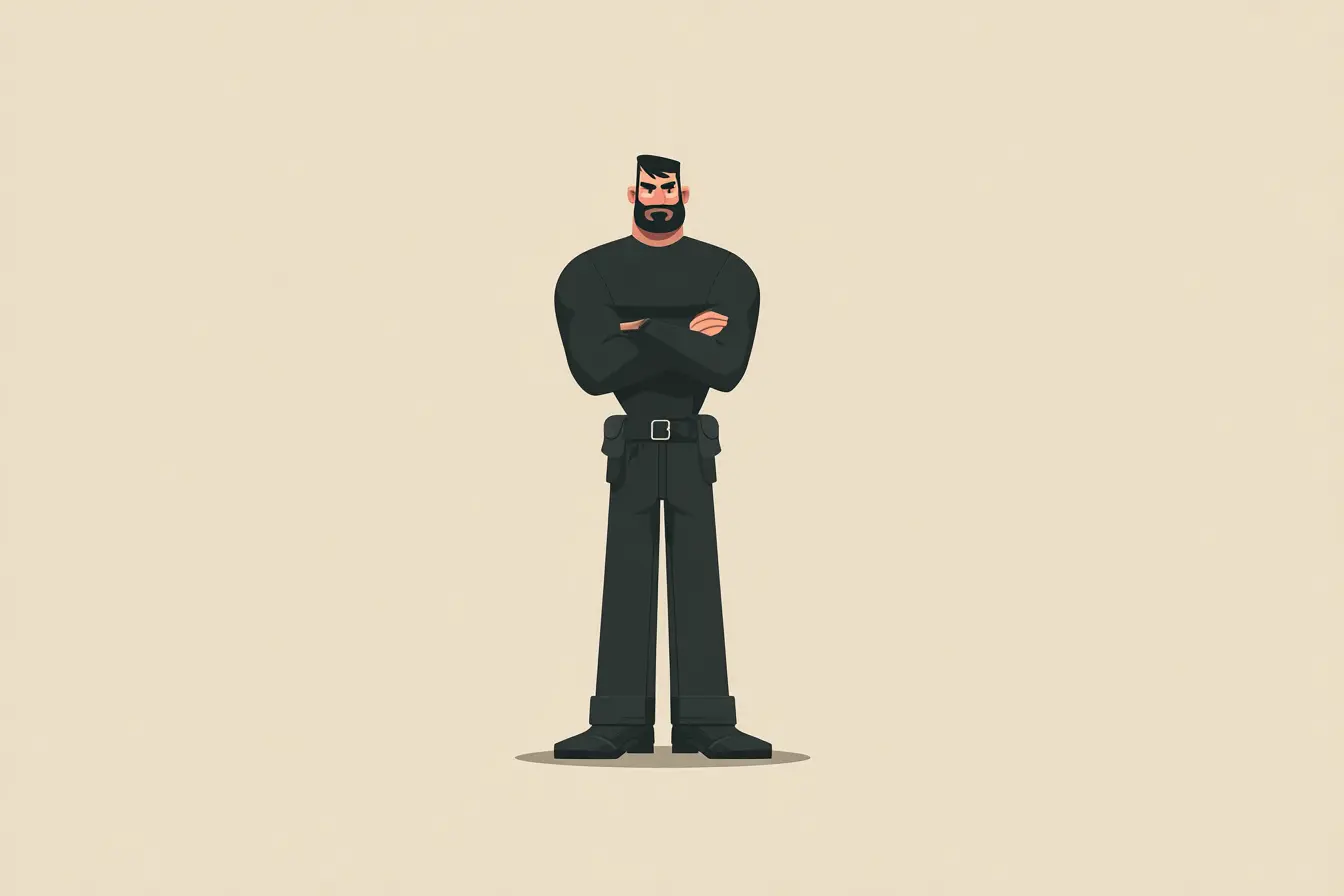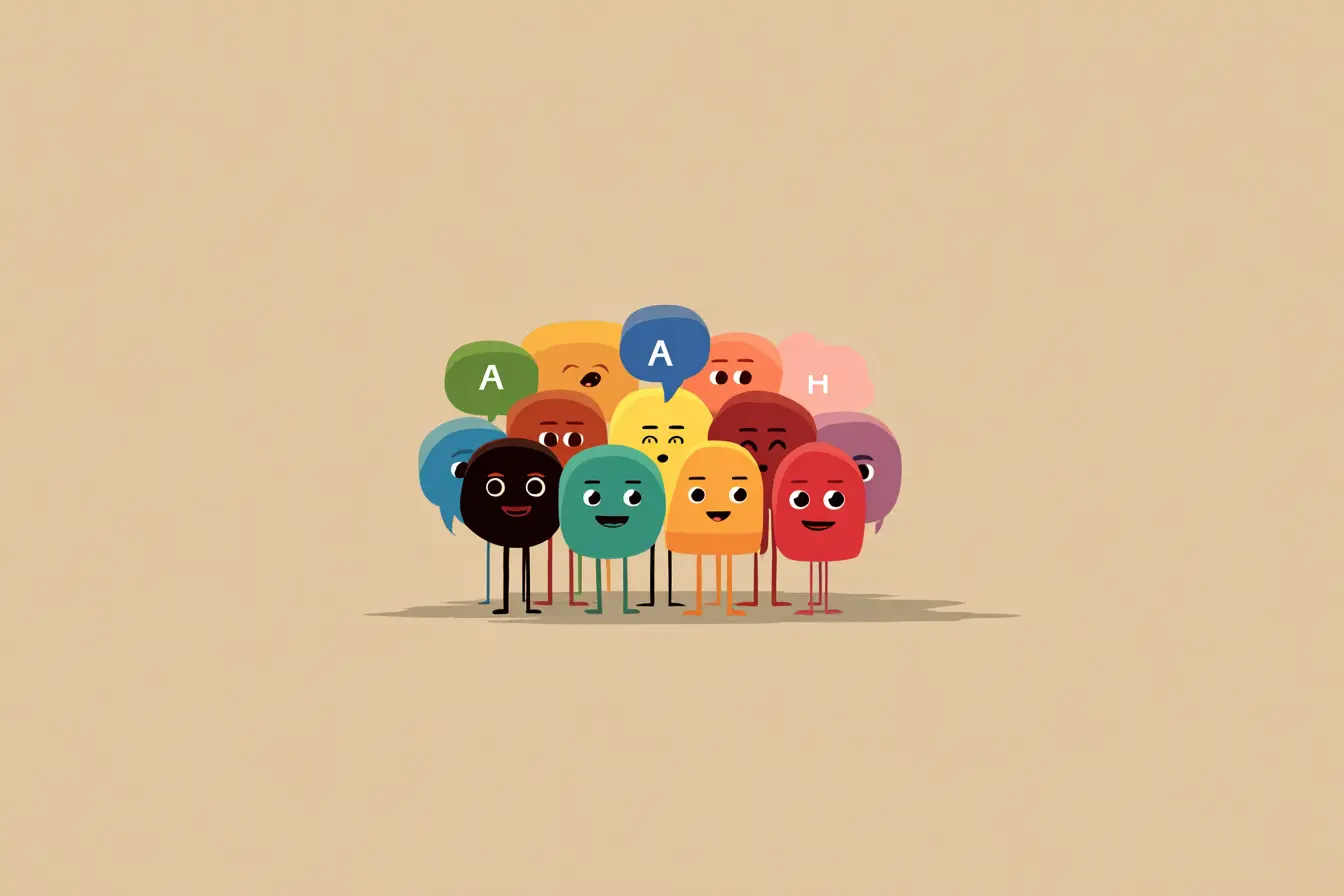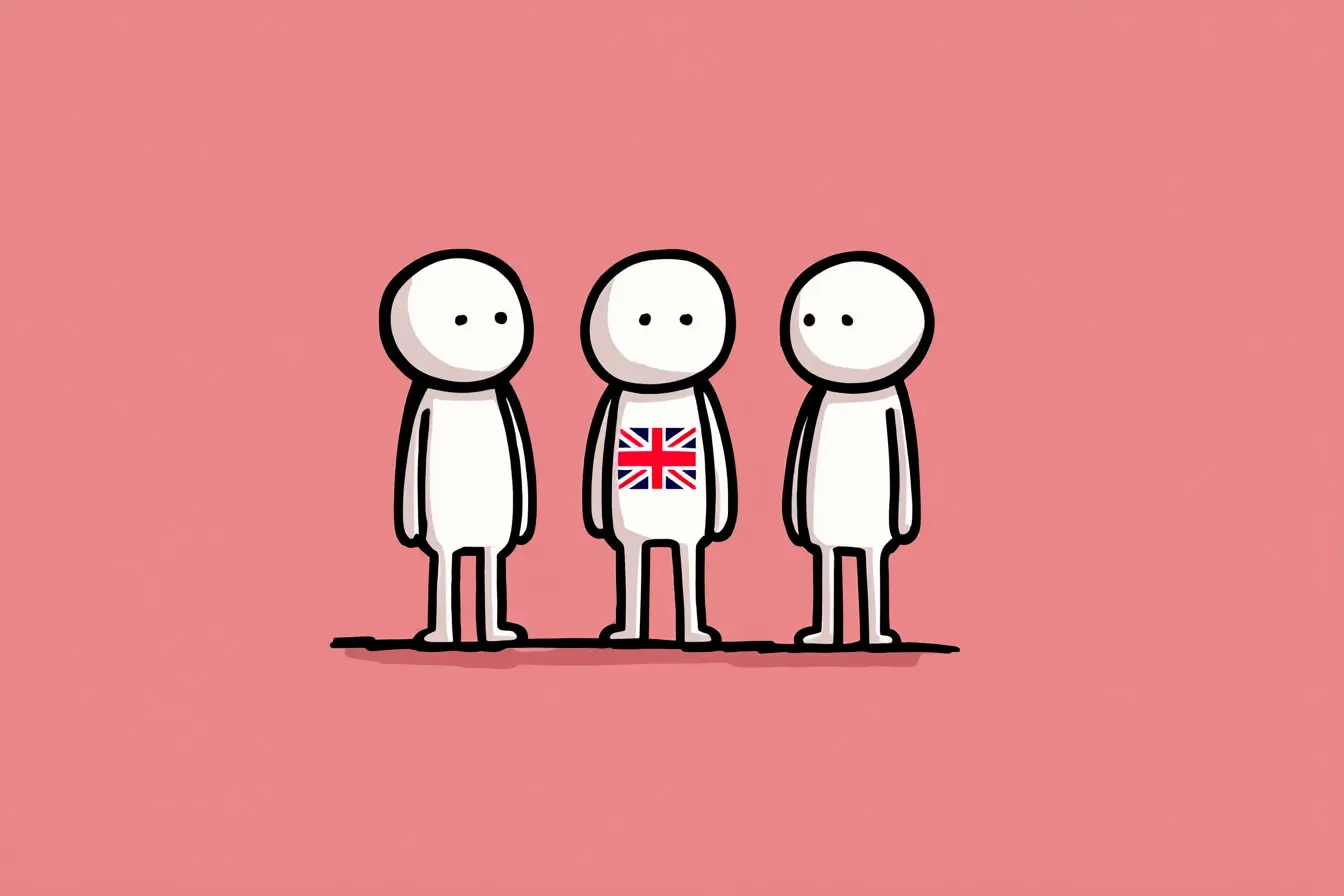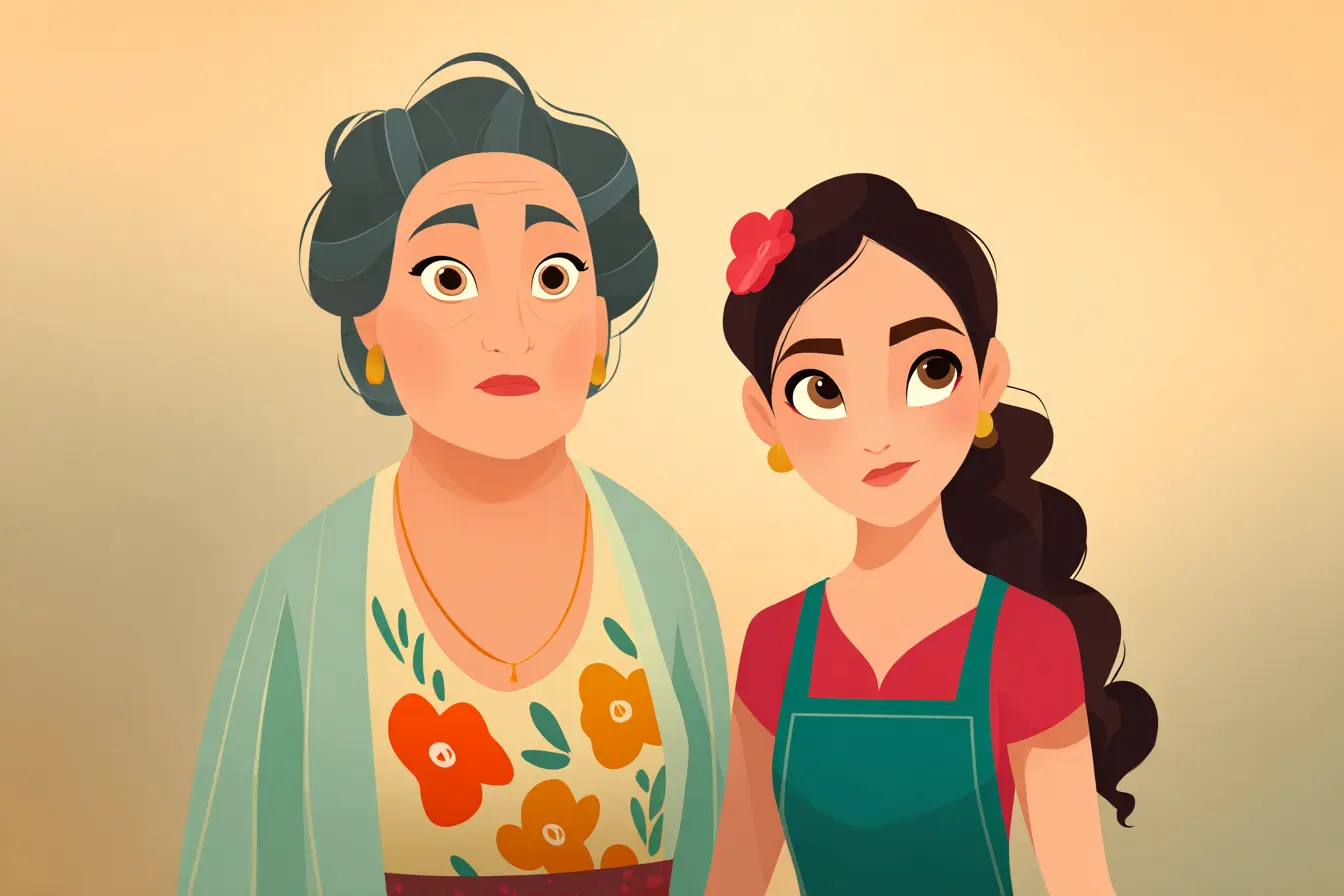Languages are living proof of how diverse humanity is. They carry history, identity, and culture in every word. But when people wonder how many languages are there in the world, the answer is a moving target shaped by constant change.
The Global Picture Today
Linguists currently estimate the number of languages in the world at around 7,000. This figure shifts as languages disappear or as scholars recognize varieties once overlooked. Some languages have hundreds of millions of speakers, while others are only spoken by a handful of families.
Here’s how they spread across continents:
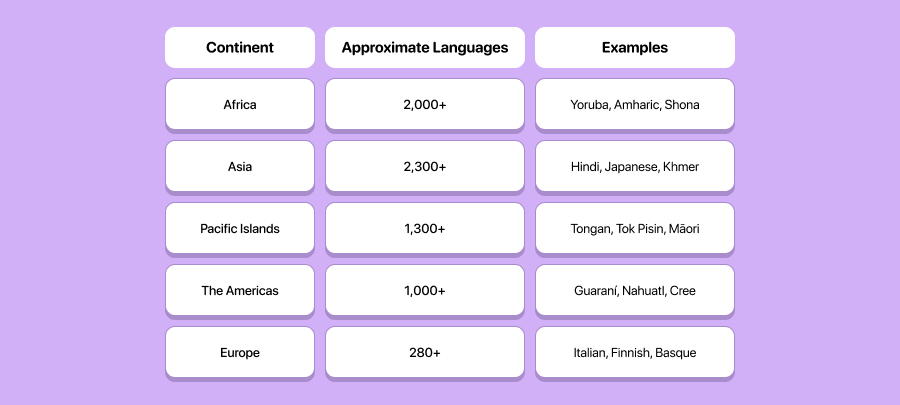
Notice the uneven distribution: Africa alone has more than seven times as many languages as Europe, despite being similar in size.
Why Do So Many Different Languages Exist?
The reason for so many different languages lies in history and geography. Communities separated by mountains, rivers, or oceans developed their own ways of speaking, which then evolved independently. Over generations, these differences became distinct tongues.
Language also constantly changes. Think of how English words from just a few centuries ago feel foreign today. When groups drift apart long enough, one language can split into several new ones—much like Latin eventually gave birth to Spanish, French, Italian, and others.
Looking Ahead: Survival or Disappearance
The incredible diversity of the world’s languages is fragile. Thousands are in danger of fading away, often spoken only by a few elders in remote areas. Linguists estimate that nearly half of the world’s languages could disappear within the next century if nothing is done. When a language vanishes, it’s not just words that are lost—it’s stories, traditions, and unique ways of understanding life.
Some of the most endangered languages today include:
- Ainu (Japan) – once spoken across Hokkaido, now kept alive by only a handful of speakers.
- Yagan (Chile) – once the voice of the southernmost people on Earth, nearly extinct.
- Koro (India) – discovered only in 2008, with fewer than 1,500 speakers.
- Ongota (Ethiopia) – spoken by fewer than 20 people, mostly elderly.
- Wintu (United States) – a Native American language of California with just a few fluent speakers left.
And yet, there’s reason for hope. Communities are fighting back through education and cultural pride. Hawaiian schools are raising a new generation of children fluent in their ancestral tongue; Māori is gaining ground in New Zealand media and classrooms; and Mayan languages are being revitalized across Central America. Technology also plays a crucial role: online dictionaries, YouTube lessons, and language apps now give endangered voices a chance to reach younger learners.
Every time a language survives, the world keeps a piece of its cultural mosaic intact.
FAQ
How many languages are currently spoken in the world?
Around 7,000 languages are spoken today, though this number changes as some disappear and others are newly documented.
Which continent has the greatest language diversity?
Asia has the highest number, with over 2,300 languages spoken. Africa follows closely with more than 2,000, while the Pacific Islands, though much smaller in land area, still hold around 1,300 languages, an extraordinary density compared to their size.
How many languages exist today in the world?
The most widely accepted count is close to 7,000, but only a fraction of these are spoken by large populations. Many survive in small communities.


